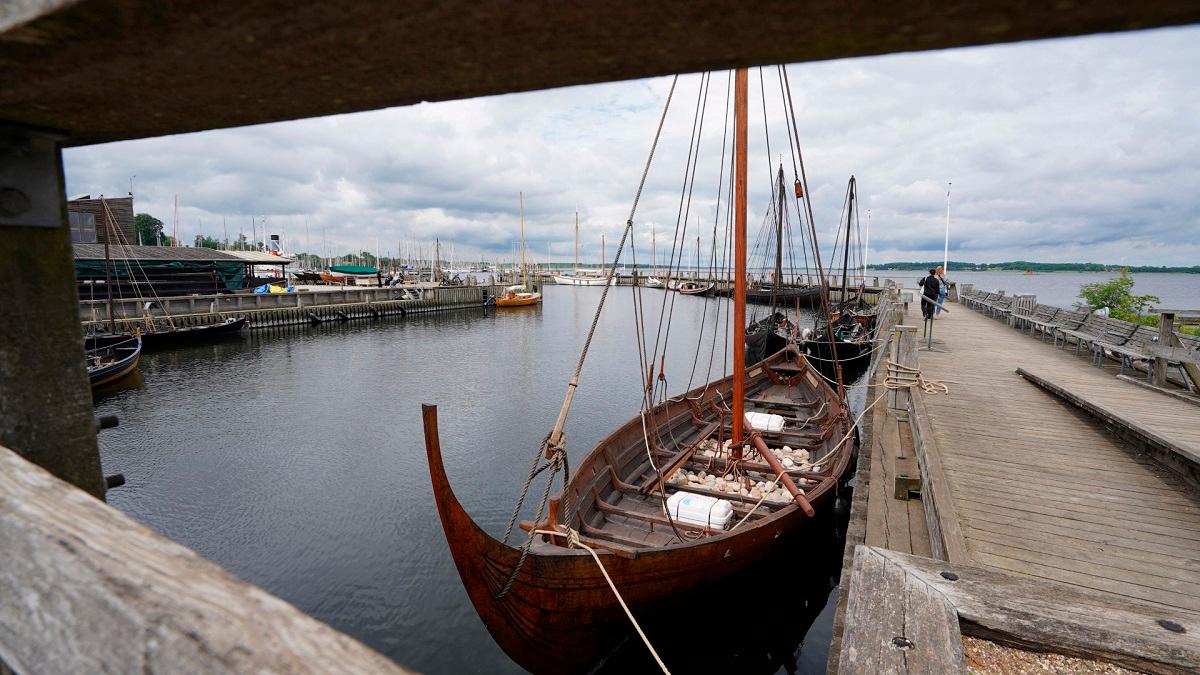OSLO: Three 1,200-year-old Viking ships are undertaking their final and most perilous journey to a new permanent home in Norway.
The Oseberg ship began its relocation on Wednesday, moving slowly from the old Viking Ship Museum to a newly constructed extension designed to preserve these national treasures under optimal conditions.
This extremely fragile oak hull, encased within a heavy protective steel rig, will travel just one hundred metres over ten hours using a ceiling-mounted crane system.
Museum director Aud Tonnessen described the emotional significance of these vessels embarking on their ultimate voyage after centuries of history.
The Oseberg, Gokstad and Tune ships, all built between 840 and 910, were previously housed in an inadequate cross-shaped building that exposed them to damaging humidity and vibrations.
“They’ve been subjected to humidity, vibrations... Over time, the strain became so intense that they started showing signs that they would eventually collapse onto their supports,“ Tonnessen said.
The new climate-controlled facility should maintain the ships in their current condition for at least another century despite the inherent risks of relocation.
Curator David Hauer explained that any handling is potentially harmful to these ancient clinker-built hulls with their overlapping planks.
“These are clinker hulls that are 1,200 years old. At the slightest deformation, they split between the rivets, the wood cracks,“ he explained.
The relocation requires extreme precision with the ship moving at just 5.5 minutes per metre to prevent any breakage or vibrations.
An oil services company experienced in high-precision underwater operations has been enlisted to assist with this delicate process.
Hauer compared the required vibration control standards to those needed for hospital electron microscopes, but with the added complexity of physical movement.
The Gokstad ship will follow during autumn, with the Tune scheduled for relocation in summer 2026 if all proceeds according to plan.
All three vessels were discovered in separate burial sites southwest and southeast of Oslo between 1867 and 1904, each possessing distinct characteristics.
The Oseberg ship, richly decorated with ornate carvings, represents the best preserved Viking ship in the world.
Gokstad measures 23 metres long and five metres wide with space for 32 rowers, making it the largest of the three vessels.
The Tune ship is significantly more decomposed than its counterparts and is believed to have been a particularly fast warship. – AFP









